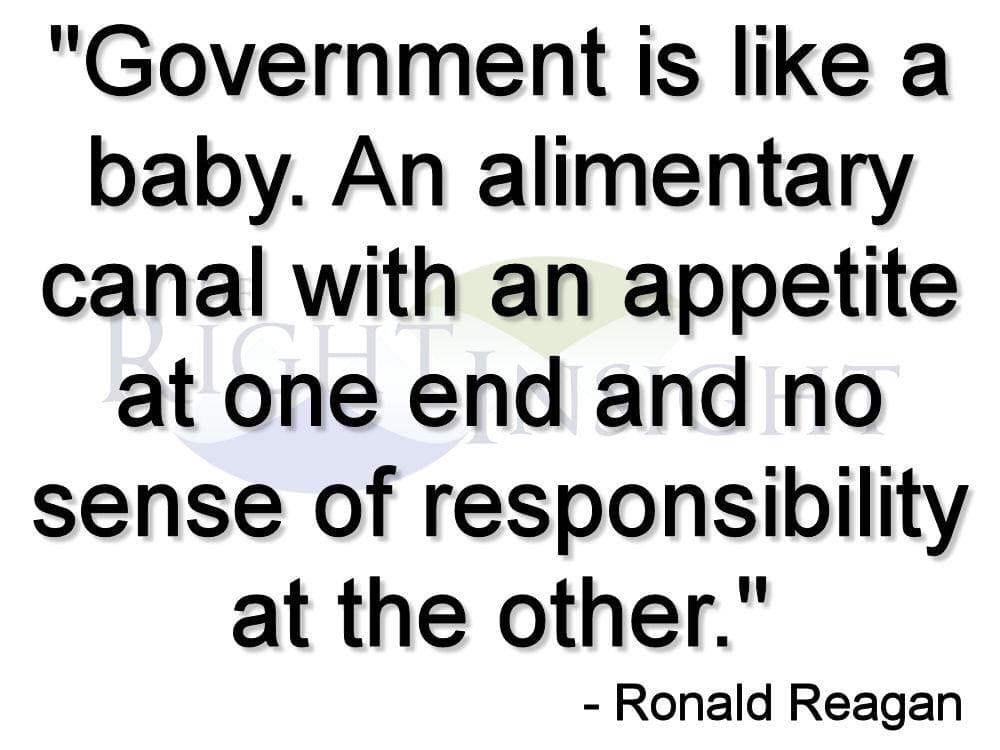Government, at all levels, apparently believes that its responsibility in the proposed energy transition is to establish the goals, set the timeline, pick the winning technologies and incentivize their market adoption. This perception led to Net Zero by 2050, all-electric everything, wind and solar generation, electric vehicles and a variety of incentives, subsidies and mandates. Would that life were so simple.
First, the goal of Net Zero by 2050 would require a complete revision of the energy system over a period of 27 years, a very short period of time for such a major change. Fortunately, both the goal itself and the accelerated timeline are unnecessary, but unfortunately, they are being pursued anyway, driven by politics rather than science.
Second, the technologies picked as the winners (wind, solar and EVs) are not winning technologies for a variety of reasons Wind and solar are intermittent generators which have low capacity factors compared with coal, natural gas and nuclear generation. They therefore require either continued support from conventional generation or support from electricity storage which is not available for the storage and discharge durations required to assure a reliable grid. Government assumes that the required storage technology would evolve, though it would be needed in the very short term. Also, wind, solar and storage, including EV batteries, all depend on the availability of several rare earth minerals which are not currently produced in the US, are not globally available in the quantities which would be required and are currently controlled globally by unfriendly nations.
The transition to all-electric everything in the residential and commercial markets would be relatively straightforward from a technology standpoint, since all of the technology already exists. However, the conversions are expected to encounter significant installation issues which would add to the expense. The transition to all-electric everything in the industrial market would be far more difficult, since there are no commercial electric technology approaches available for many industrial processes. Government assumes that the required industrial technologies would evolve.
The transition to all-electric everything would require an approximate tripling of the capacity of the electric grid from generation capacity through transmission and distribution. Government has erected numerous barriers which would significantly hinder this massive, rapid expansion particularly in transmission. Transmission project approvals currently require 10+ years, longer if delayed by lawsuits. Government could streamline this process, but so far has not seen fit to do so.
Tripling of real generation capacity would require an approximate 9-12 times increase in wind and solar rating plate capacity because of their low capacity factors. Wind and solar capacity additions would also require long approval times, especially if challenged in court. This issue is compounded by the requirement for storage technology which is not currently commercialized.
Government has promoted the notion that wind and solar generated electricity is cheaper than electricity from conventional generation. However, to assure a reliable grid, wind and solar generation must be dispatchable, which means that they must be coupled with storage adequate to assure their availability to meet peak demand. The combined requirement for multiples of rating plate capacity plus storage to achieve dispatchability assures that wind and solar generated electricity would be more expensive than conventionally generated electricity, driving up electric rates.
Finally, government must address a satisfactory approach to providing emergency generation in the event of grid outages for hospitals, nursing homes and rehabilitation facilities, prisons and other facilities which cannot be without power. These generators are typically fueled with natural gas, propane or diesel fuel, none of which are compatible with a Net Zero energy economy.
Currently, government is forcing pursuit of a goal without a plan based on unsuitable or non-existent technologies. Government is responsible for this situation, but would be unlikely to accept responsibility for its adverse impacts.
Government is like a baby. An alimentary canal with a big appetite at one end and no sense of responsibility at the other. -Ronald Reagan
